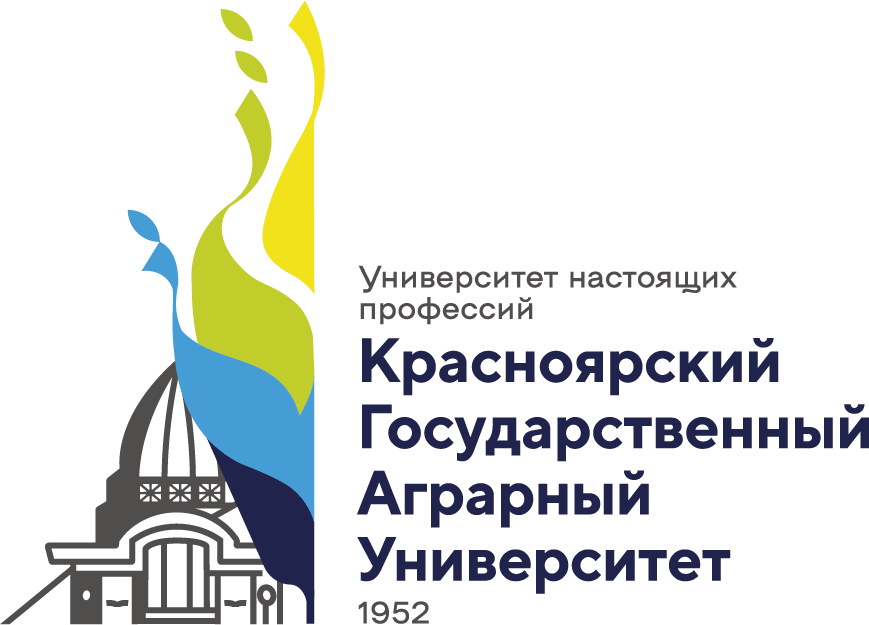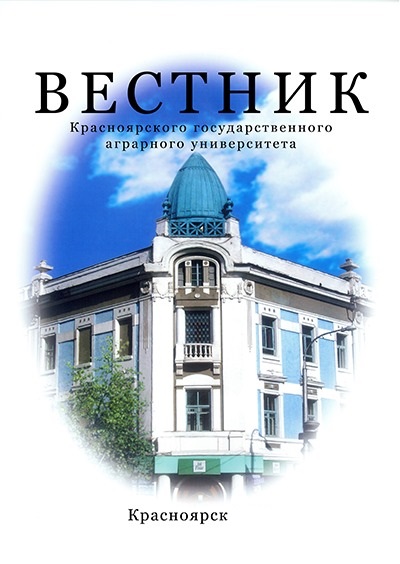The study describes electrothermal action of electromag-netic fields (EMF) very high frequency (VHF) on biological tissue (for example, as the left human tibia). Currently VHF radiation is widely used in various fields of technology (televi-sion, radio, and direct troposphere radio wave, radio), in con-nection with which there is high background level of environ-mental pollution by this type of radiation. The feature of EMF in the VHF-band on biological tissue is relatively high, and the depth of its penetration, the degree of the reflections from boundaries between tissues, the permittivity and electrical resistance of the tissues among all the high-frequency range. Also the size is comparable with the wavelength of the VHF radiation. Proposed mathematical model and the results of calculations of electric and magnetic component fields, polari-zation, electric displacement, current density, emitted heat from electrical warming up and metabolism, temperature in the left human tibia under the action m of the flux density of radiation power of 10 mW/cm2 at the frequency of 100 MHz. The analysis of obtained results in the terms of the impact on human body was made. In this model, a biological tissue RAS was selected as a homogeneous isotropic medium, the influ-ence of the currents was not considered. The direction for future work would be to account for the influence of processes at the cellular level, entropic losses in the conversion of elec-trical energy into heat. The results of the research have pro-spects of practical use in environmental and hygienic as-sessment of the effect of high-frequency electromagnetic fields on living organisms, the design of electronic equipment, conducting hyperthermal therapy, physical therapy, medicine, etc.
biological tissues, electromagnetic field, fre-quency range, bioheat transfer, induction, metabolism, polari-zation, electric displacement
1. Kvashnin G.M., Kvashnina O.P., Sorokina T.P. Model' pogloscheniya SVCh-energii v biologicheskih tkanyah // Vestn. KrasGAU. - 2009. - № 2. - S. 199-203.
2. Charny C.K., Hagmann M.J., Levin R.L. A whole body thermal model of man during hyperthermia tissues // IEEE Trans. on Biomed. Eng. - 1987. - Vol. BME-34. - P. 375-386.
3. Losev A.G., Hoperskov A.V., Astahov A.S., Suleymanova H.M. Problemy izmereniya i modelirovaniya teplovyh i radiacionnyh poley v biotkanyah: analiz dannyh mikrovolnovoy termometrii // Vestn. VolGU. Ser. 1 «Matematika. Fizika». - 2015. - № 6. - S. 31-37.
4. Sadovskiy D.N., Kalachik O.V., Zhuk G.V. i dr. Vliyanie optimizacii temperaturnogo faktora na nachal'nuyu funkciyu transplantata pochki // Medicinskiy zhurnal BGMU. - 2015. - № 4. - S. 101-104.
5. Chetveruhin B.M. Kontrol' i upravlenie iskusstvennym mikroklimatom. - M.: Stroyizdat, 1984. - 135 s.
6. Tarabanov M.G., Korkin V.D., Sergeev V.F. Vlazhnyy vozduh: sprav. posobie. - M.: AVOK, 2004. - 72 s.
7. Chehov V.I. Ekologicheskie aspekty peredachi elektroenergii. - M.: Izd-vo MEI, 1991. - 44 s.
8. Medvedev V.T. i dr. Inzhenernaya ekologiya: uchebnik. - M.: Gardarika, 2002. - 690 s.
9. Parshina N.V. Razrabotka metodov modelirovaniya biologicheskih struktur i ustroystv, vliyayuschih na metabolicheskie processy pri vozdeystvii elektromagnitnyh voln millimetrovogo diapazona: dis. … kand. tehn. nauk. - Taganrog, 2017. - 157 s.
10. Netter F. Atlas anatomii cheloveka. - M.: GEOTAR-Media, 2017. - 624 s.
11. Rahmankulov D.L., Shavshukova S.Yu., Vihareva I.N. Primenenie mikrovolnovogo izlucheniya v terapii nekotoryh zabolevaniy // Bashkirskiy himicheskiy zhurnal. - 2008. - T. 15, № 2. - S. 94-98.
12. Harvey A.F. Tehnika sverhvysokih chastot. T. 2. - M.: Sovetskoe radio, 1965. - 373 s.
13. Guidelines for limiting exposure to time-varying electric, magnetic, and electromagnetic fields (up to 300 GHz) é ICNIRP GUIDELINES. Preprint scheduled to appear in Health Physics April 1998, Volume 74, Number 4. - P. 494-522.










